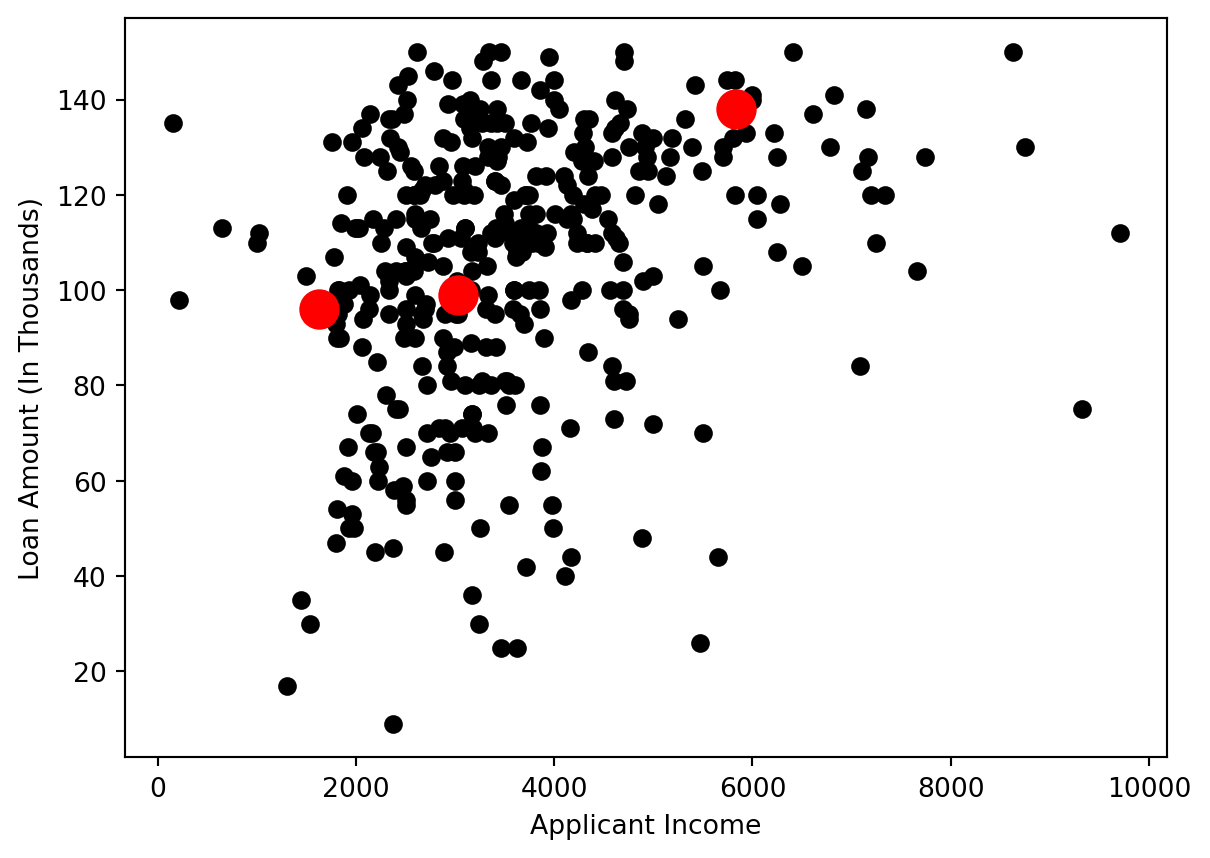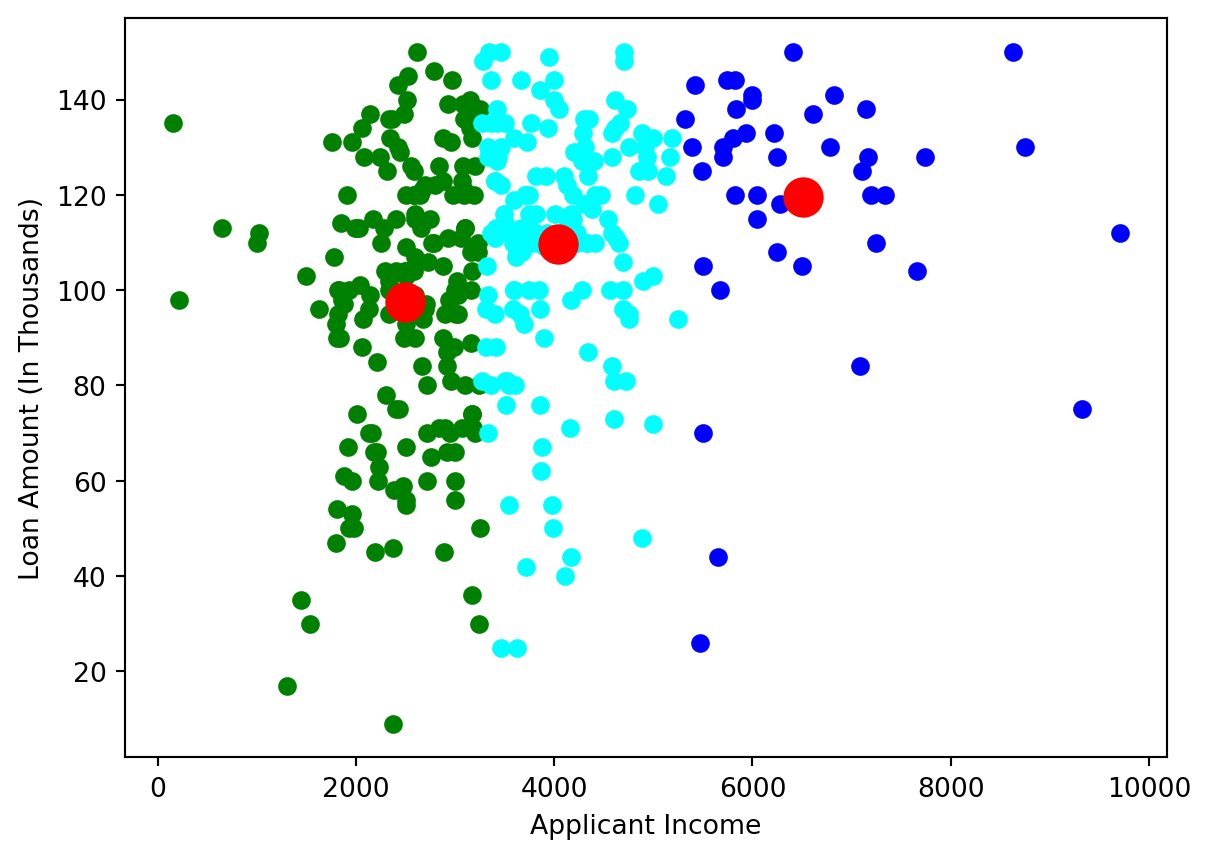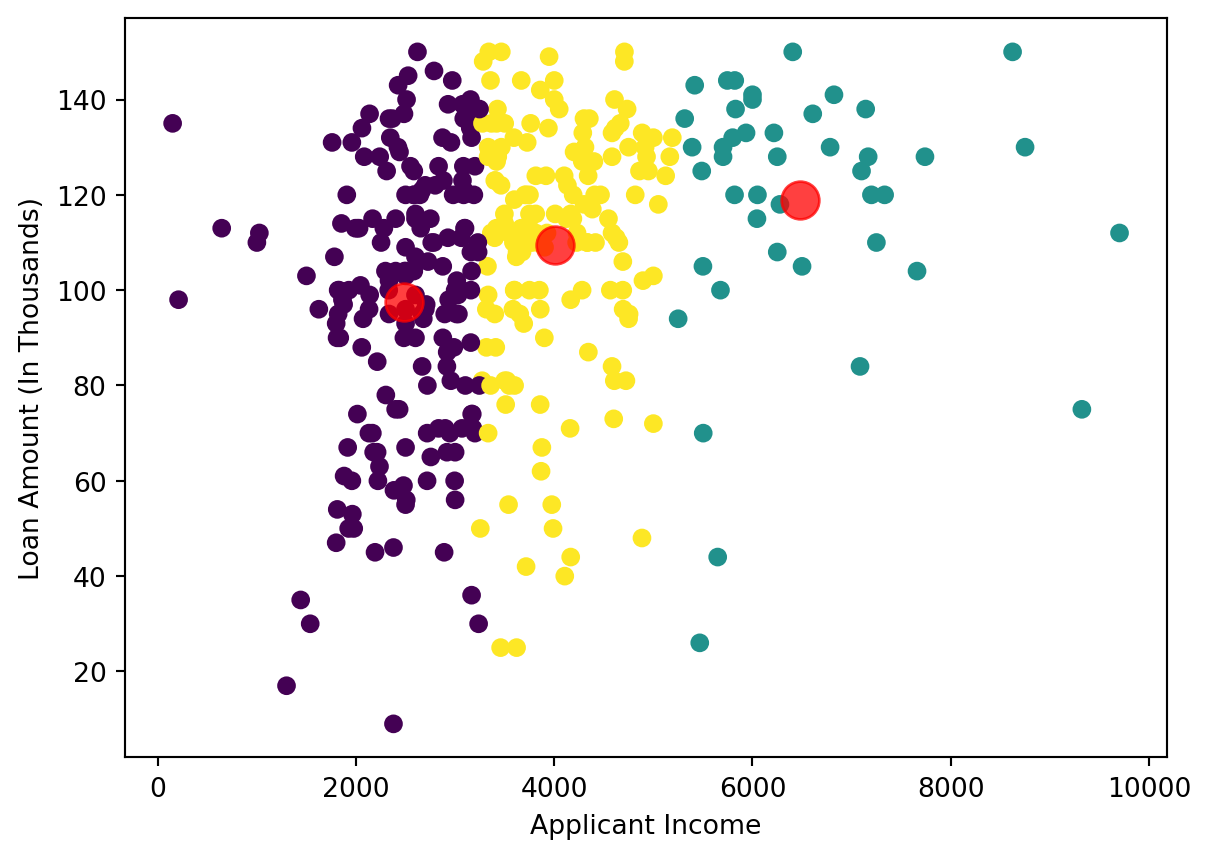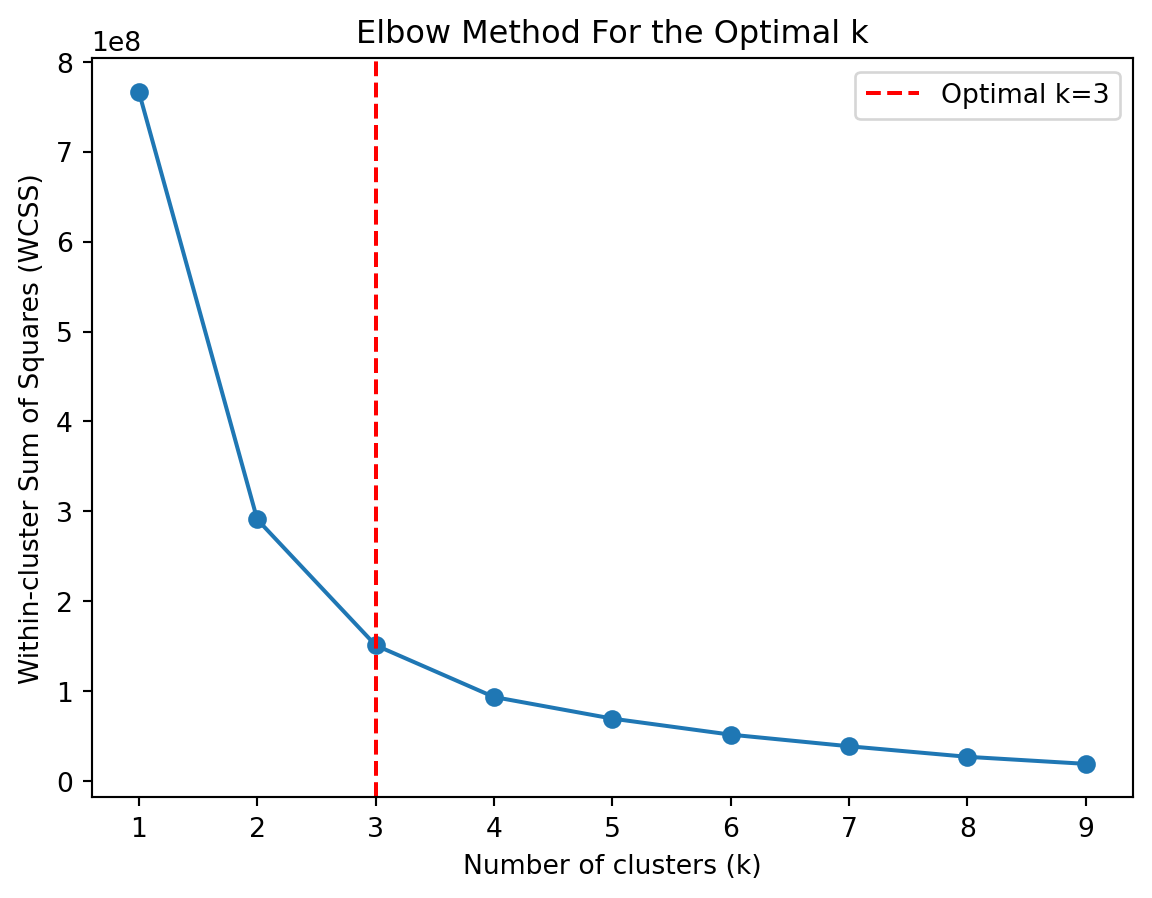function darken(color, k) {
return d3.color(color).darker(k).toString();
}
function update(root) {
const t = d3.transition();
root.selectAll('.clusters path').data(voronoi.polygons(centroids))
.transition(t)
.attr('d', d => d == null ? null : 'M' + d.join('L') + 'Z');
root.selectAll('.dots circle')
.transition(t)
.attr('fill', d => color_scheme_1(d.cluster))
.attr('cx', d => xScale(d.x))
.attr('cy', d => yScale(d.y));
root.selectAll('.centers circle')
.transition(t)
.attr('cx', d => xScale(d.x))
.attr('cy', d => yScale(d.y));
}
centroids = {
restart;
return d3.range(k).map(() => {
return {
x: data.map(item => item.x)[getRandomInt(data.length)],
y: data.map(item => item.y)[getRandomInt(data.length)]
}
})
}
voronoi = d3.voronoi()
.x(d => xScale(d.x))
.y(d => yScale(d.y))
.extent([[0, 0], [width, height]])
color_labels = ["red", "green", "blue", "yellow", "brown", "orange"]
color_scheme_1 = d3.scaleOrdinal()
.domain(d3.range(k))
.range(color_labels.map(d => darken(d, 0)))
color_scheme_2 = d3.scaleOrdinal()
.domain(d3.range(k))
.range(color_labels.map(d => darken(d, 1)))
function distance(a,b){
return Math.sqrt((a.x - b.x)**2 + (a.y - b.y)**2)
}
function getRandomInt(max_value){
return Math.floor(Math.random(1) * max_value);
}
svg = {
const root = d3.select(DOM.svg(width, height))
.style("max-width", "100%")
.style("height", "auto");
// Clusters
root.append('g').attr('class', 'clusters').selectAll('path')
.data(voronoi.polygons(centroids))
.enter()
.append('path')
.attr('d', d => d == null ? null : 'M' + d.join('L') + 'Z')
//.attr('fill', 'none')
.attr('fill', (d, i) => color_scheme_1(i))
.attr('fill-opacity', 0.3)
.attr('stroke-width', 0.5)
.attr('stroke', '#000');
// Dots
root.append('g').attr('class', 'dots').selectAll('circle').data(data)
.enter()
.append('circle')
.attr('stroke', '#000')
.attr('stroke-width', 0)
.attr('fill-opacity', 1.0)
.attr('r', 3)
.attr('fill', d => color_scheme_2(d.cluster))
.attr('cx', d => xScale(d.x))
.attr('cy', d => yScale(d.y));
// Centers
root.append('g').attr('class', 'centers').selectAll('circle').data(centroids)
.enter()
.append('circle')
.attr('r', 5)
.attr('fill', '#000')
.attr('fill-opacity', 0.7)
.attr('cx', d => xScale(d.x))
.attr('cy', d => yScale(d.y));
// Update
update(root);
return root;
}
svg.node()










